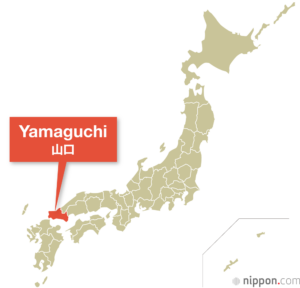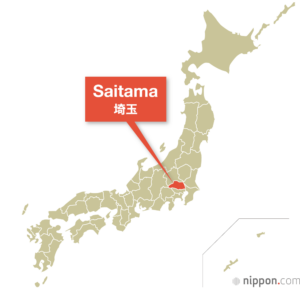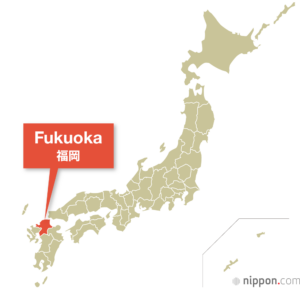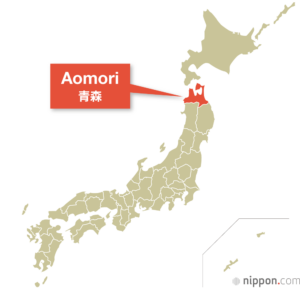Fukui Prefecture
Fukui Prefecture is associated with dinosaurs and Zen, thanks to numerous fossil discoveries and a major temple founded by the Buddhist priest Dōgen.
Fukui Prefecture lies to the west edge of the Hokuriku region of central Honshū, along the Sea of Japan coast.
Most of the population is in the larger northeastern section of the prefecture, while a thin strip of land extends to the southwest.
The city of Katsuyama has the largest dinosaur fossil site in Japan, which has also provided the largest number of specimens in the country.
Fukui Prefecture at a Glance
- Established in 1881 (formerly Echizen and Wakasa provinces)
- Capital: Fukui
- Population: 767,000 (as of Oct. 2020)
- Area: 4,191 km2
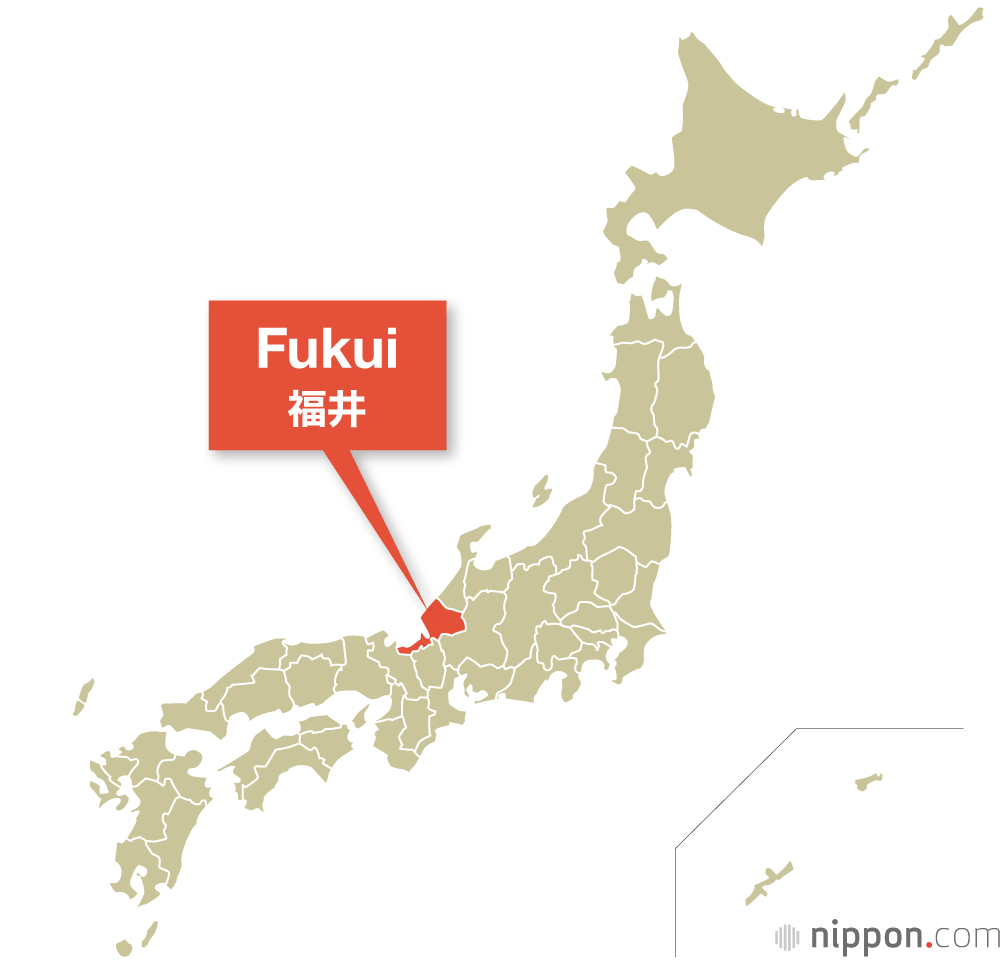
Eiheiji, a temple founded by the Buddhist priest Dōgen in the thirteenth century, has become a major center for Zen.
As well as appreciating the grounds of the complex, visitors can practice zazen meditation and experience the ascetic life of the temple by staying overnight.
The prefecture’s association with dinosaur fossils encouraged the construction of the Fukui Dinosaur Museum. It is Japan’s largest such museum, with many skeletons on display, including some that were discovered locally.
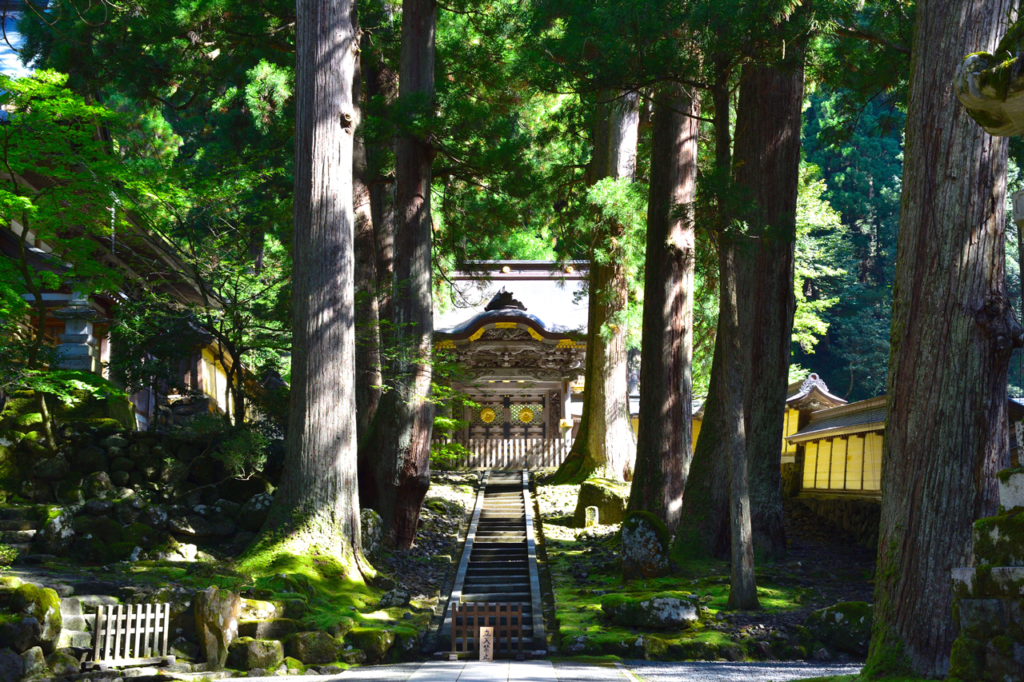
Fukui Prefecture has a relatively large number of nuclear power plants, particularly along the Wakasa Bay coast, which make a significant contribution to Japan’s electricity supply.
Its major industries include synthetic fabrics and other textiles, while the small city of Sabae produces all but a small fraction of Japan’s eyeglass frames.

Fukui’s official mascots, Dino-Happiness are a group of characters based on the prefecture’s dinosaur connections.
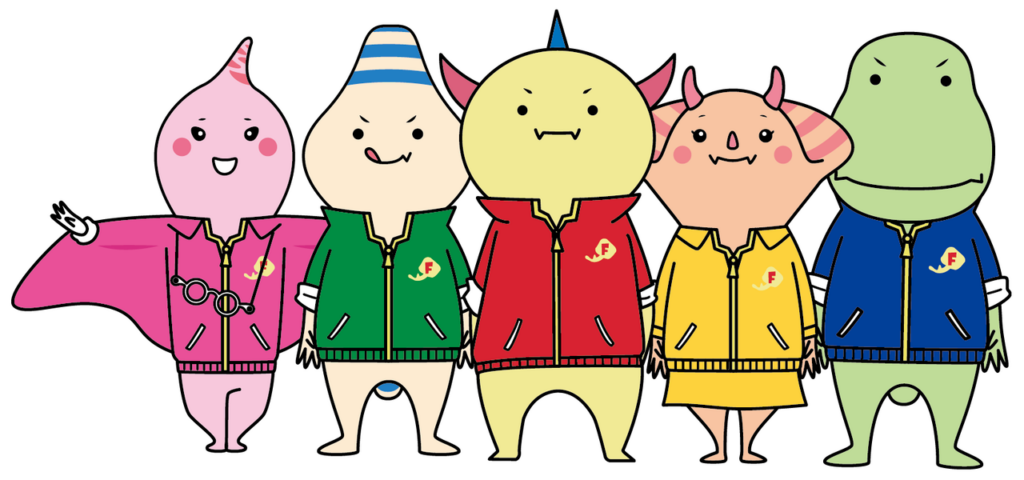
Famous Figures
- Okada Keisuke (1868–1952): Prime minister of Japan who escaped assassination during the February 26 Incident coup attempt in 1936. Later played a key role in bringing down the Tōjō Hideki cabinet in 1944.
- Shirakawa Shizuka (1910–2006): Leading scholar of kanji and compiler of dictionaries.
- Iwasaki Chihiro (1918–74): Artist and illustrator of children’s books. Illustrated Kuroyanagi Tetsuko’s Madogiwa no Totto-chan (trans. by Dorothy Britton as Totto-chan: The Little Girl at the Window).

